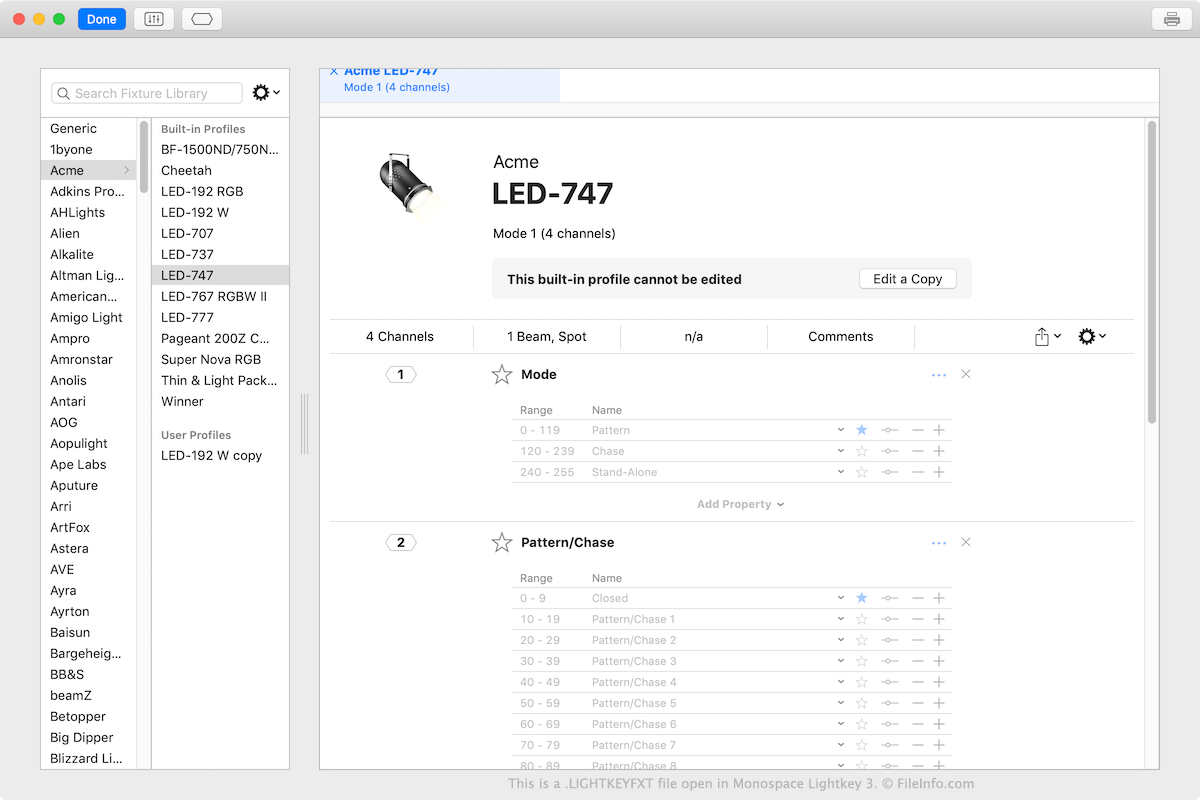

I’ll find out.ĭynamic social sharing images - not working. Perhaps, a locally run command on the development version of the site could also work. This will create an additional commit after I publish to the site which is hard for my mind to accept but I haven’t thought of another way yet. My goal is now to create the template I’ll use for the images in HTML and render that as a page of the site at something like /share.Īfter that is in place, I plan to use Zapier or similar to visit the URL, take a screenshot and append the image to the post as part of the build process automation. This tells me, I am taking on too big of a problem as one piece of work. Ultimately everything I tried didn’t work. The idea being that when I share a link to any page, it will have a nicely formatted preview image specific to that page/post. I hand build my website using a few tools and about two weeks ago I decided to implement social sharing images that get created automatically for each page of my website. So DMX from the cloud - not working for me yet. It’s not bricked but the output is stuck off for some reason so waiting on response from support at Quasar Science.

I ran into some kinda bug with the R2 unit I have, stopped me dead in my tracks. The end goal is to wire up Unreal Engine to control my local lights to match the virtual setup in Unreal Engine. I have not managed to get any cloud control of it working yet though.
Lightkey dmx Patch#
I was able to get control of it from Lightkey.app running on my laptop in my office. Get more out of the communication with your lighting console such as DMX talkback for fixture focusing, fixture selection for programming and patch exchange. I’m trying to use Art-Net with a Quasar Science Rainbow 2. I’d like to have OBS, Unreal Engine, or some other system control my local practical (real physical) lights.įor DMX to work over ethernet, instead of DMX cables, its typically packaged up in Art-Net or for big setups sACN. DMX is a big topic but its a decent way to control lighting in a live setting. Pretty high up on my list of research topics is DMX lighting control from cloud. Often I discover many useful things along the way. But most of what I know to work well I learned through lots of failed attempts at what I intended. I would guess I spend too much time on it to be honest. So instead of sending 512 adresses, it only sends, for example, the 8 adresses I have defined in my outputs.I do a lot of research on emerging technology related to media production. The Watchout packets don't use a Sequence byte (value is always 0), and only sends adresses that are defined in the Watchout Project's outputs.
Lightkey dmx full#
It also sends data for a full DMX universes, 512 adresses, even if only 8 adresses are being used. As you can see LightKey sends a Sequence byte, containing information about where it is in its sequence. Below is a screenshot from the LightKey packet for reference. Both are broadcasted ArtDMX packets, which are practically identical, apart from two differences. I grabbed two ArtDMX packets, one from Watchout, and the other from LightKey, to see what they do differently. When I use an Art-Net to DMX converter with Watchout, the lights work fine. When I use LightKey on a MacBook in the same subnet, the lights work fine.

When I try to send an Art-Net signal from Watchout, the lights do not respond to the signal. I'm using a pair of Elation Color Chorus 24 lights, set in a single universe, in the same network/subnet as my Watchout cluster. I've got quite the puzzle in front of me with using Art-Net output from Watchout.


 0 kommentar(er)
0 kommentar(er)
